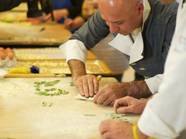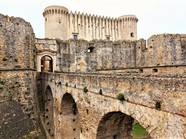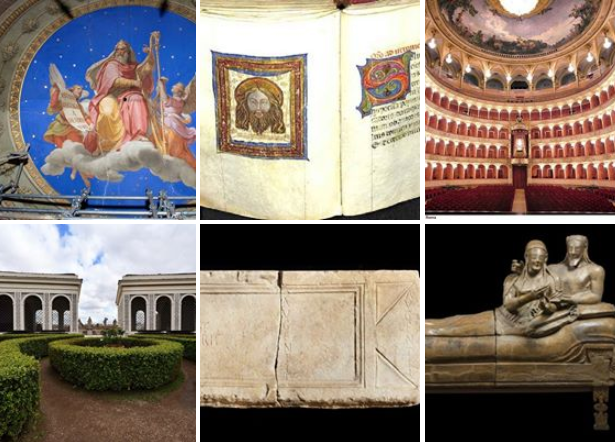Art Bonus Brings More Donations to Italian Culture
In 2014, among other reforms to pump new life into the Italian cultural landscape, Dario Franceschini (who recently returned to the position of Culture Minister, which he had previously covered from 2014 to 2018) launched Art Bonus, an initiative to encourage private donations in the cultural sector, a practice which remained until then practically nonexistent in Italy.
Over 435 million euro donated by 14.237 patrons went into the restoration, protection, and development of the country’s cultural heritage. With an increase of over 25 million euro in the last 6 months.
“Art Bonus is working well and in just a few years it has become a model throughout Europe,” commented Franceschini.
In fact, the practice of offering benefits in order to encourage privates to donate to art and culture, long widespread in the United States, is just now starting to take off in most of Europe, where public institutions have historically been expected to handle the preservation and promotion of culture on their own.
Private interference in this sector often gets looked at skeptically and there is a lingering notion that it is somehow immoral. And it can in fact become problematic in the case of cultural institutions accepting donations from questionable sources, an issue which has lately began to emerge with artists and activists coming together to ask museums such as the Guggenheim and the MoMA to "divest from toxic philanthropy," that is to refuse funding from clearly immoral sources (in the case of the Sackler family who is tied to the opiod epidemic or others yet involved in the manifacturing and selling of weapons.)
However, this type of situation can hardly be said to have been the cause of Italy's reluctance to accept private donations. It can more likely be attributed to habit and to a more general diffidence of collaborations between the public and private sector.
But this perspective is starting to shift, partly nudged by the current economic situation. Public institutions are clearly no longer able to adequately support the vast cultural heritage their countries have to offer alone, they need help. And what would make more sense than going to their very own citizens for help to fund what ultimately belongs to them?
And this is far from being a new concept too. On the contrary, most of Italy’s artworks and monuments were funded by various wealthy patrons throughout history, just think of the Medici family in Florence or the Gonzaga in Mantova.
Thus cultural phlianthropy is apparenlty returning to Italy, though for the moment it remains more widespread in certain regions, with most donations coming from Central and Northern regions, and less so from the South.
The greatest sum came from Lombardy, where 3.235 patrons donated 175.073.257€. Piedmont raised 58.092.655€, followed by Veneto (54.243.540€), Emilia Romagna (48.972.314€), and Tuscany (46.501.347€).
The next group of regions raised significantly less: 13.447.144€ in Lazio (despite it being home to the country’s capital!), 13.186.920€ in Liguria, 5.938.887€ in Friuli Venezia Giulia, 5.389.709€ in Umbria, 3.884.481€ in the Marche, 3.819.220€ in Campania, 2.161.086€ in Puglia, 1.447.665€ in Sardegna, 1.364.893€ in Trentino Alto Adige and then less than a million in Sicily, Calabria, Molise, Basilicata and Valle D’Aosta.
For more information visit the Art Bonus website.





































i-Italy
Facebook
Google+
This work may not be reproduced, in whole or in part, without prior written permission.
Questo lavoro non può essere riprodotto, in tutto o in parte, senza permesso scritto.